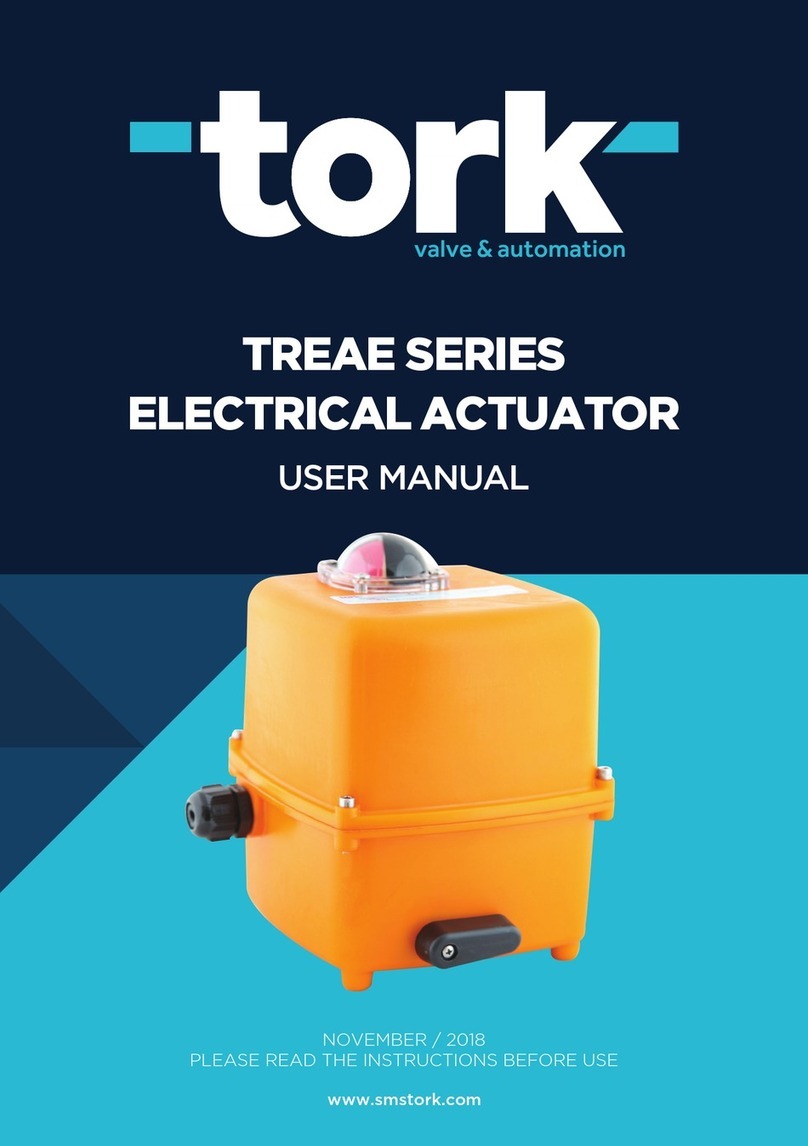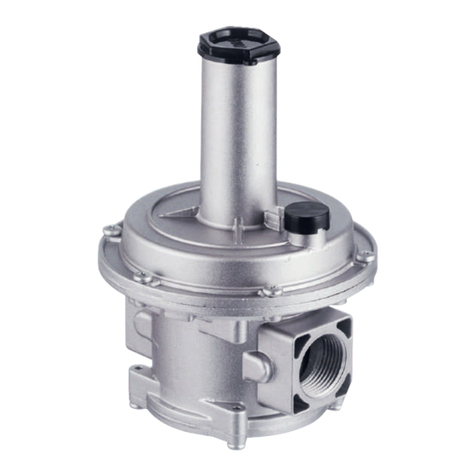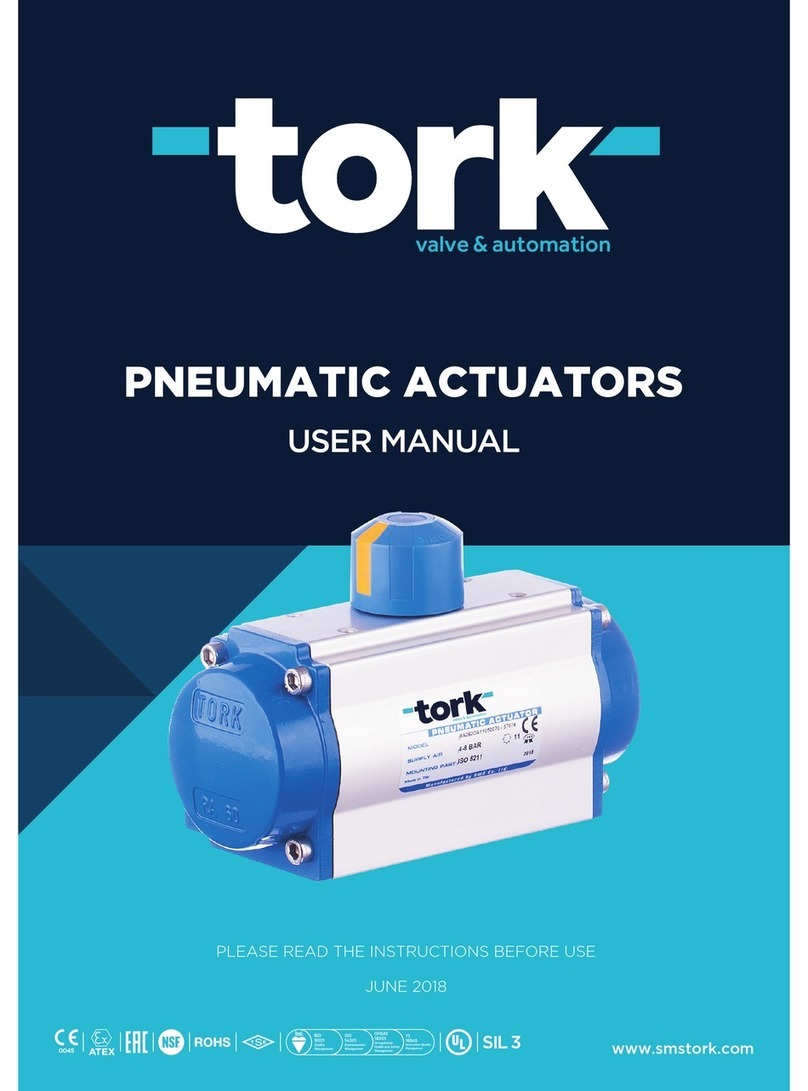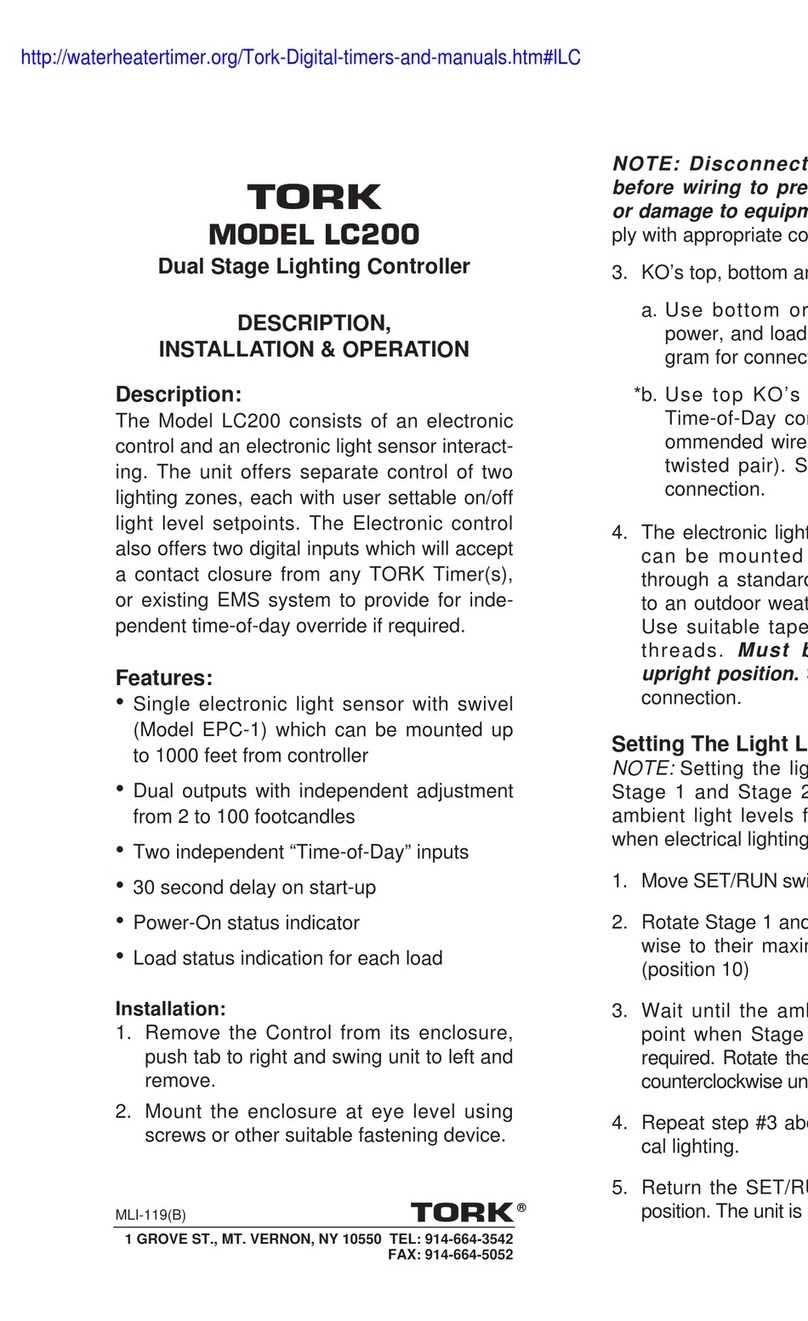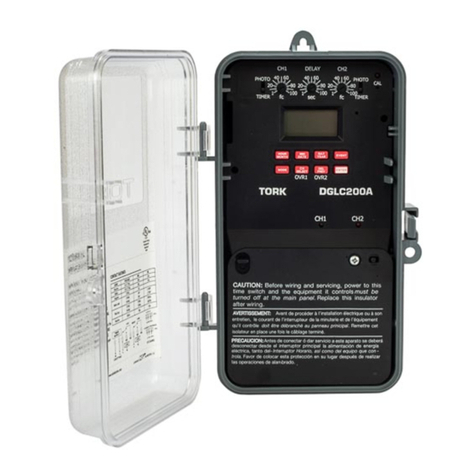
SMS-TORK Endüstriyel Otomasyon Ürünleri San. Tic. Ltd. Şti.
2
Read the operating instructions first.
INDEX
• Follow the safety instructions.
• These operating instructions are part of the product.
• Retaing the operating instructions for life of the product.
• Forward instructions to future users or owners of the product.
Target Group:
This document contains information for installation, commissioning and maintenance personnel.
1. Safety instructions....................................................................................................................................................................
1.1. Security basics............................................................................................................................................................................
1.2. Warnings and precautions................................................................................................................................................
1.3. References and symbols....................................................................................................................................................
1.4. Handwheel safety instructions.......................................................................................................................................
2. Identity.....................................................................................................................................................................................................
2.1. Intended use of the product................................................................…………………...……………………………..…….
2.2. Reasons for use..........................................…………………………………………..........................………………….............….….
2.3. Purpose of the document..............................………………………………………………….........................…………...…..
2.4. Coding system..........…………………………………………………………………………………….........................…………..…...
2.5. Label information..........………………………………………………………………………….........................…………..…...........
2.6. Technicial features...……………………………………………………………………………………..........................…………..…
2.7. Optional features.........................……………………………………………………………………........................…………......…
3. Transport, Storage, Packaging, Warranty and Protection measures......................................
3.1. Transport...………………………………………………………………………………………..........……………………………….....….…
3.2. Storage................………………………………………………………………………………………………………......…………...…...….
3.3. Packaging……….............……………………………………………………………………………………………………………...…......
3.4. Warranty conditions............…………………………………………………………………………………….............................
3.5. Protection measures..............…………………………………………………………………………………….............................
4. Assembly.............................................................................................................................................................................................
4.1. Actuator operation..................…………………………………………………………......................…………….…………..….....
4.2. General structure of the actuator.....…...............………………………………………………………...........................
4
4
4
5
5
5
5
6
6
6
7
8
8
9
9
9
9
10
11
11
11
12
4.3. Mounting position of the actuator......................……………………………………………………….............................
4.4. Mounting of the actuator to the valve and flange dimensions........….................…………………..….
4.5. Manual Control...............………………………………………………………………………………...........................………………...
4.6. Cam, torque switch and limit switch settings.............…......................................................……...........……....
4.7. Stoppers……...........………………………………………………………………………………………....…...........................……….…..
4.8. Technical Dimensions...………………………………………………………………………………………..........................……....
4.9. Atex......................................…………………………………………………………………………………………........................….……...
4.10. Proportional control card......................………………………………………………………………........................….……..
4.11. PIU potentiometer unit....................................……………………………………………………….............................…..……
5. Control Parameters...................................................................................................................................................................
5.1. Manual control with handwheel.......................…………………………........................….…………………………..…….
5.2. Manual control via electronic card.............................................……………..................…………………………..…….
5.3. Proportional control via electronic card............................................………………..................……………..…….
5.3.1 Control signal selection........…………………………………...............................…………….…………..…
5.3.2 Output signal selection (Feedback).......…………….......................…………..………………..…..
5.3.3 Error Positions.................………………………………………………….............................………………..……
5.3.4 Reversible Control signals............……………………………………..........................………………..…
5.3.5 Reversible output signals...............……………………………………............................………..…….…
5.3.6 Automatic calibration.......................………………………………...........................……………….....……
5.3.7 Restarting in protection mode.................................................................…………………....…….…
5.3.8 LEDs and their meanings.......……………………………………………..............................…….....…….
6. Electrical Connections..........................................................................................................................................................
6.1. 230V AC Proportional Electric Actuator Connection Diagram........................................….……….
6.2. 24V DC Proportional Electric Actuator Connection Diagram.......................………...…...….….......
6.3. 230V AC ON/OFF Electric Actuator Connection Diagram........................................…....……….....
6.4. 24V DC ON/OFF Electric Actuator Connection Diagram................................................……….......
7. Spare Parts.......................................................................................................................................................................................






